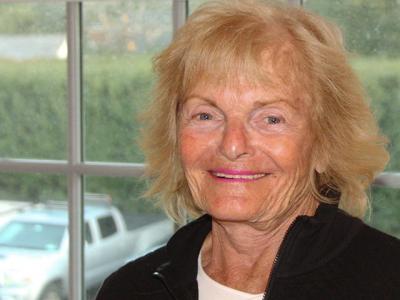Close Call in Sag, While Springs House Is a Loss
Close Call in Sag, While Springs House Is a Loss

South Fork fire departments were mobilized to fight two fires on Tuesday — one in Springs that destroyed a house in the afternoon and another on Sag Harbor’s Main Street that night, where disaster was averted thanks to firefighters and a quick-thinking chef. The Springs Fire Department had help from the East Hampton and Amagansett departments as it battled the fire at 4 Deer Path, off Three Mile Harbor-Hog Creek Road, but the house was a total loss. East Hampton was also called to assist the Sag Harbor Fire Department as it fought a fire in ductwork at the Lulu Kitchen and Bar building at 126 Main Street. There, “the chef saved that whole building,” said East Hampton Town’s chief fire marshal, David Browne. “He got up on the roof with a fire extinguisher. He did a great job.” Firefighters were able to quickly locate and contain the fire, Sag Harbor’s chief, Bruce Schiavoni, said yesterday morning. Nevertheless, the incident struck a nerve in a village still rebuilding after the devastating December 2016 blaze that destroyed the cinema. The fire in Springs was reported by a neighbor across the street shortly before 4 p.m. By the time firefighters arrived, the blaze was fairly advanced, said Dwayne Denton, another East Hampton fire marshal. “It got a good head start.”There was no one home at the time of the fire. Four or five trucks from the Springs department were on hand along with a tanker and an engine from East Hampton and an engine from Amagansett. The fire burned through much of the house’s roof. Mr. Denton praised the Springs firefighters’ rapid response, and said they were able to contain and suppress the fire fairly rapidly, despite its intensity. The house is in a heavily wooded area, and the situation could have been much worse, but luck was on the side of the firefighters, in that the winds were light that afternoon. “There were a lot of trees. Any kind of wind” might have led to a different result, Mr. Denton said. The cause is still under investigation. In the case of the Sag Harbor fire, Mr. Browne said that it may have started as a fire in the hood over the stove and traveled to the roof through the ductwork, which had just been cleaned in March, alhough the cause is still under investigation.“We had to cut some holes in the roof to get at the vent,” Chief Schiavoni said. The building has two offices on the second floor. The front office was unscathed, but in the back one, walls had to be cut open to get at the ductwork. That office and the restaurant’s kitchen sustained water damage, as well. There was also minor smoke damage to the second story of the adjoining In Home building at 132 Main Street. A peek through the front window at Lulu Kitchen and Bar revealed little obvious damage to the bar and dining area yesterday morning, yet when the fire was first reported the night before at about 9:25, smoke and flames could be seen coming from the building’s roof. The department requested a ladder truck and rapid intervention team from East Hampton to assist, while the Bridgehampton Fire Department stood by at the Sag Harbor Firehouse to answer other 911 calls. No injuries were reported in either fire.








